Flavor characteristics of coffee beans treated by Honduran coffee beans wine barrel shallow baking Shirley coffee beans hand-flushing parameters
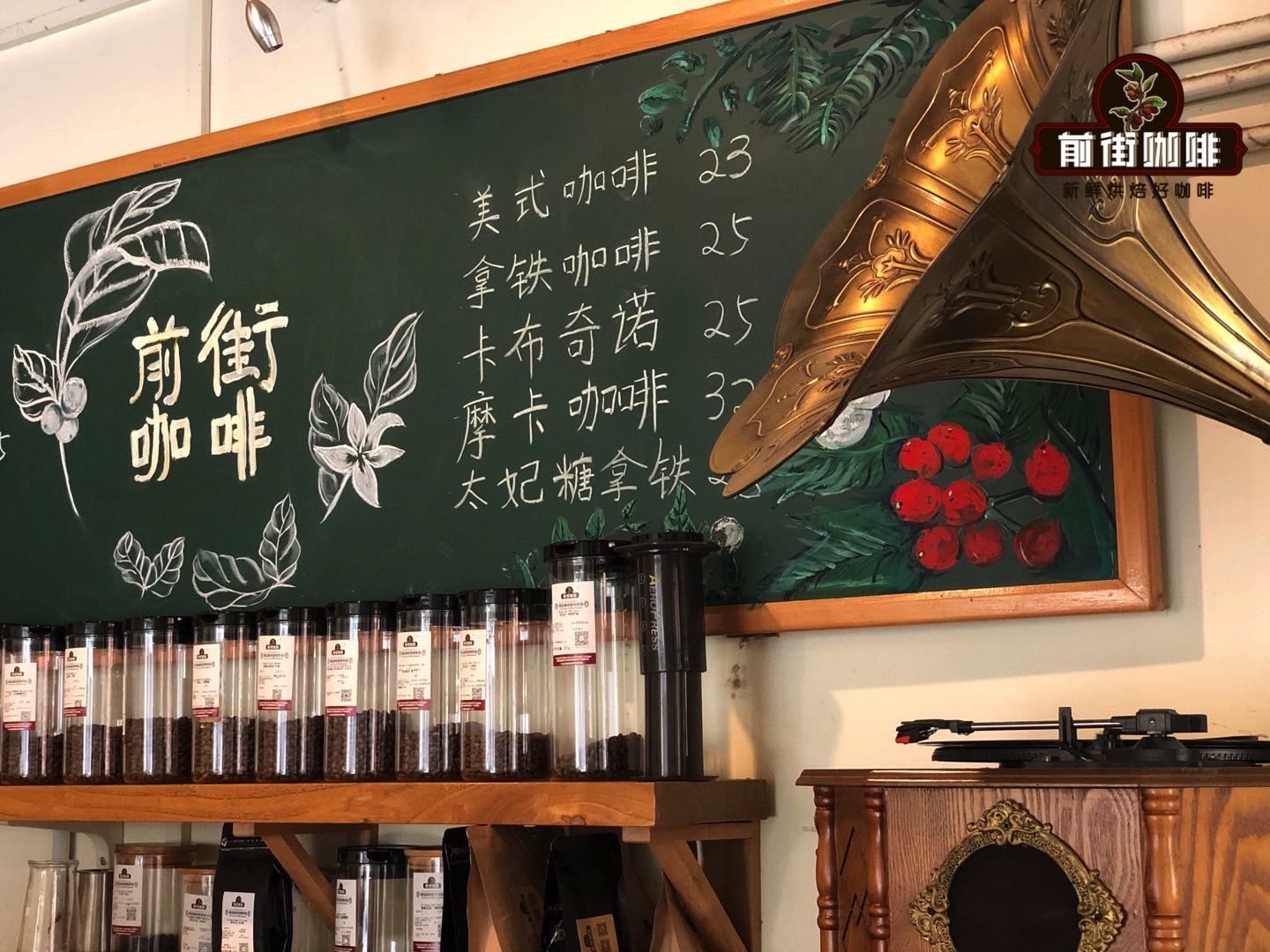
Professional coffee knowledge exchange more coffee bean information please follow the coffee workshop (Wechat official account cafe_style)
Honduran coffee is famous for its balanced taste, which can be used not only to mix coffee, but also as a single product to brew. There is a comprehensive coffee on the front street with a mixture of Honduran Coffee and Yega Chuefei, which has obvious acidity and rich chocolate flavor. Honduran coffee beans cooked by hand as a single product also have an impressive flavor.
Qianjie, whether it is Dongshankou stores in Guangzhou or online Taobao, displays more than 50 kinds of coffee beans from all over the world, including three coffee beans with different flavors from Honduras. Qianjie conducted a large number of origin investigations, tasting coffee beans from multiple areas in Honduras, by constantly adjusting the baking curve, cup testing and other links. The beans that are finally going to be on the shelves. Some people may think that this process is too complicated, but because of this, Qianjie can ensure that the characteristics of each of these 50-odd coffee beans are different, and everyone who comes to Qianjie can choose the one they like.
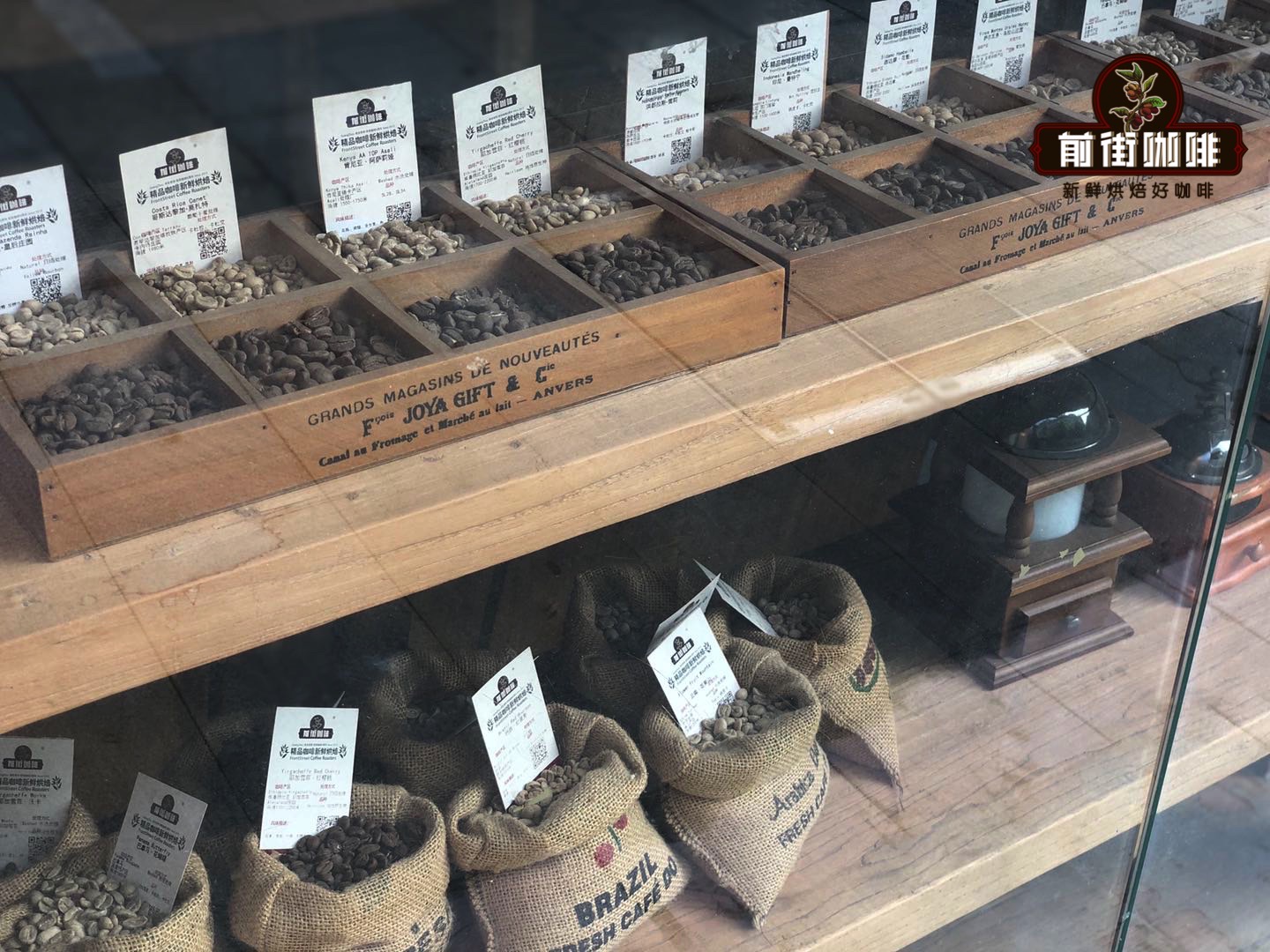
Honduran coffee
Honduras is located in the north of Central America. Compared with neighboring Guatemala and Nicaragua, the coffee industry in Honduras develops relatively late, but it has the momentum of catching up from behind. In 2011, coffee production exceeded that of Guatemala. Qianjie has compared the coffee beans of these Chinese and American countries, they all have a common flavor characteristic: flower and fruit aroma and soft fruit juice. Some people will say that not every country has its own unique flavor characteristics. Indeed, every time Qianjie introduces a country, it will first point out the coffee flavor characteristics of this country, which is convenient for readers to remember, but there is one point. The border is the boundary of people's own division, and the taste of coffee beans cannot be changed immediately because they cross national boundaries. Having commonality does not mean that it is not special. The focus of each country is different. The front street takes Africa as an example. African coffee beans are mainly acid-based, which is common to most African countries, but each country has its own focus. Ethiopia's acid is clear and clear, Kenya's acid is strong and bright, Rwanda's acid is not as strong as Kenya but thicker than Ethiopia.
Back to Honduras, although its coffee flavor will be similar to that of its neighbors, Honduran coffee is characterized by exotic spices in the aroma, with a full-bodied feel of nut chocolate in the latter part and a balanced and layered overall performance.
Honduran coffee beans are characterized by large shape, uniform size, uniform and glossy color. In order to facilitate harvesting, farmers will trim the coffee trees to no more than 150 centimeters, because if they grow too high, they have to set up ladders to pick, which is not only time-consuming, but also may damage the trees by bending branches. As the ripening period of each fruit of coffee beans is different, in order to maintain the good quality of coffee beans, it is necessary to pick them manually, and then select the ripe fruits. For coffee fruits of the same branch, it often takes several weeks to pick them all.
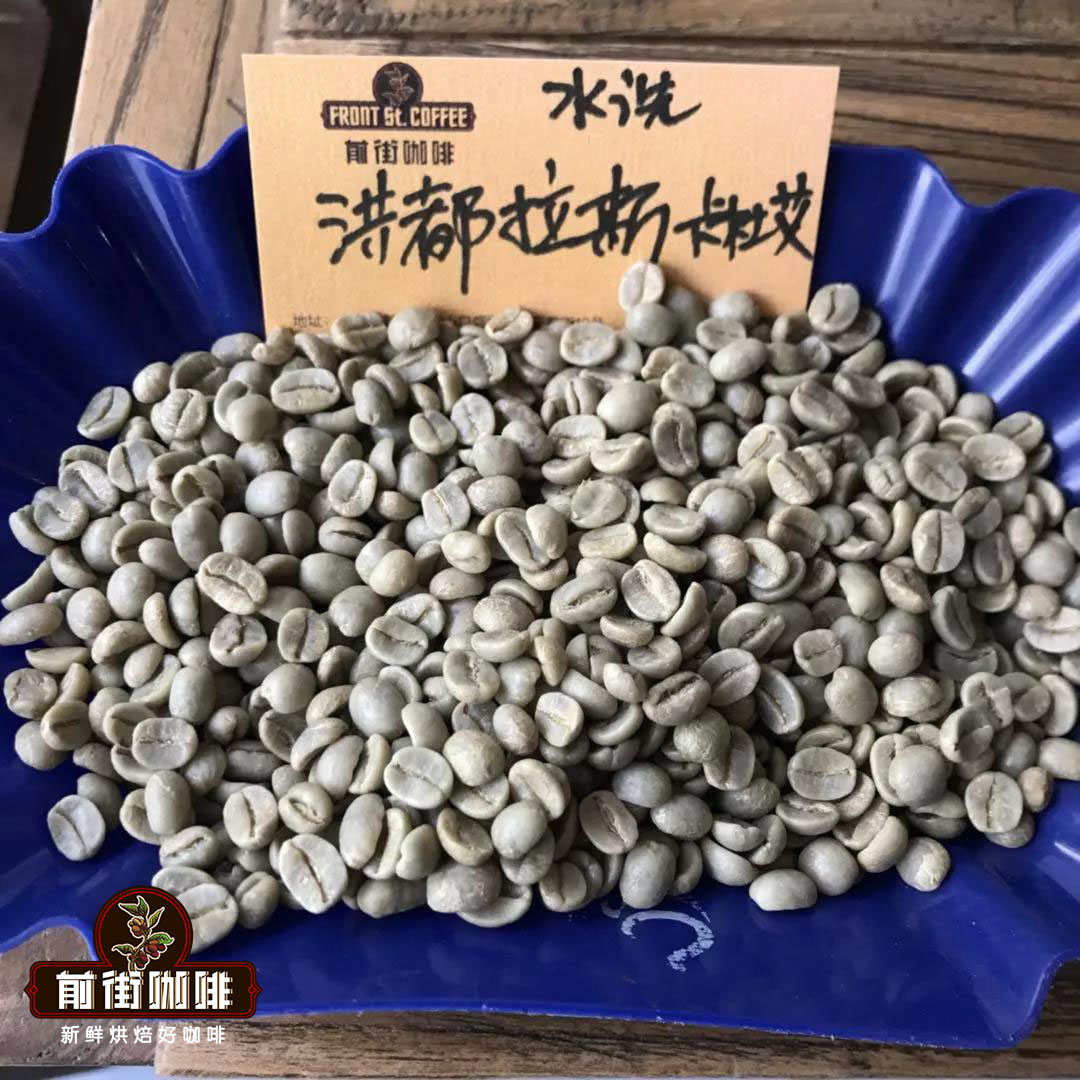
Development of Coffee Story in Honduras
Honduran coffee was first introduced to Honduras by Spanish merchants in the late 18th century. Coffee was grown on a small scale in Honduras in 1804.
In fact, there is a historical reason for the late development of coffee in Honduras, which is due to the lack of transportation construction connecting the producing area and the port in Honduras, which leads to the slow start of the coffee industry in Honduras.
But after 1970, the government created Instituto Hondure ñ o del Cafe (IHCAFE), the official agency for coffee, to improve the quality of coffee, and coffee trees could be planted all over Honduras, allowing Honduras to overtake Costa Rica and Guatemala in coffee production in 2011.
In 1975, coffee production fell sharply due to frost in Brazil, while Honduras took the opportunity to take advantage of the surge in coffee production from 500000 bags to 1.8 million bags and was looted. It was only after that that coffee production in Honduras really developed.
In the 1990s, Central American boutique coffee rose, while other countries won by quality, while Honduras lagged behind in coffee quality. The main reason is that in the process of raw bean treatment, due to abundant and uncertain rainfall in the mountain area, the final stage of drying is affected.
In 2004, for the first time in Honduras, the Zhuoyue Cup Raw Bean Competition was held. 21 coffees from all over the country were recognized and participated in online auctions.
In 2011, Honduras became the highest coffee producer in Central America and the second largest Arabica coffee producer in the world.
Today, Honduras has become one of the top ten coffee producers in the world and the second Arabica coffee producer in the world. Coffee has played an important role in its economy and national development. There are 280000 hectares of coffee plantations in Honduras, mainly small coffee plantations, most of which are less than 3.5ha. These coffee plantations account for 60 per cent of all coffee production in Honduras.
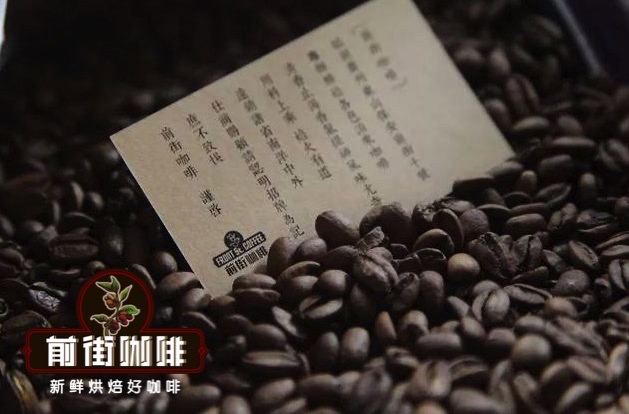
Honduran coffee grade
[classified by planting altitude]
Strictly High Grown (SHG): over 1200 meters
High Grown (HG): 1000-1200 m
Central Standard (CS): 600-1000 m
[classified by defect rate]
American standard USP,US preparation; European standard EP Euro preparation.
The meaning and rules of the name of raw coffee beans in Honduras: Honduras SHG EP (country + altitude level + defect standard)
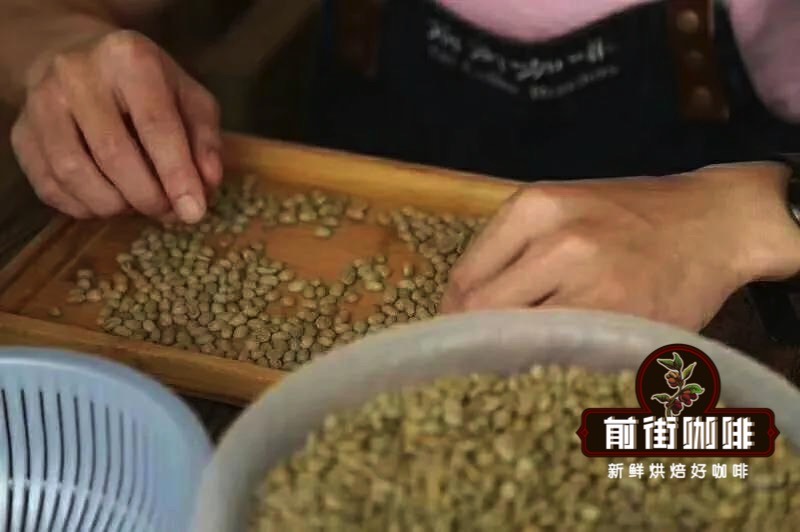
Way of handling coffee in Honduras
Honduran coffee is mainly washed to deal with coffee beans, usually after soaking, when soaking, defective fruit will surface, can first flow away and discarded. Then remove the peel and pulp, soak in water and ferment to remove pectin, then rinse clean and dry until the moisture content is about 12%.
Honduran coffee can lead to multiple levels of flavor depending on the degree of roasting. Moderate baking can maximize the sweetness of beans, while deep baking increases bitterness, but sweetness does not disappear. Generally speaking, medium baking has the best taste and has rich and unique aromas.
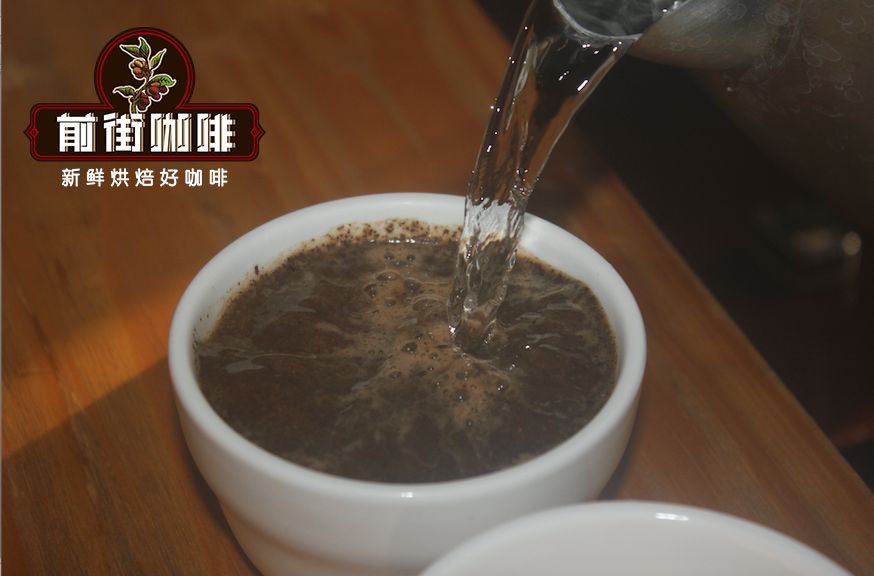
Honduran coffee bean varieties
The average altitude of coffee beans in Honduras is 1000-1600m, and the main varieties are bourbon Bourbon, Typica, Kaddura Caturra, Kaduai Catuai and Pacas Pacas.
Bourbon is an early variant of the iron pickup that was transplanted to Yemen, and the bean shape changed from thin and pointed to round. It was named bourbon in 1715 after France transplanted round beans from Yemeni mocha to the island of Bourbon on the east coast of Africa (renamed Reunion after the French Revolution). Bourbon beans spread to Brazil and Central and South America in 1727, and the British transplanted Yemeni mochas to St. Helena Island (where Napoleon was later imprisoned) in 1732. Bourbon is the winner of the American boutique coffee cup test.
Iron pickup is the oldest native variety in Ethiopia. The top leaf of the iron pickup is bronzed, the bean body is oval or thin, and the flavor is elegant, but the physique is weak, the disease resistance is poor and the fruit yield is low. High-quality coffee beans such as Qianjie Blue Mountain of Jamaica, Mantenin of Sumatra and Kona of Hawaii all belong to iron pickups.
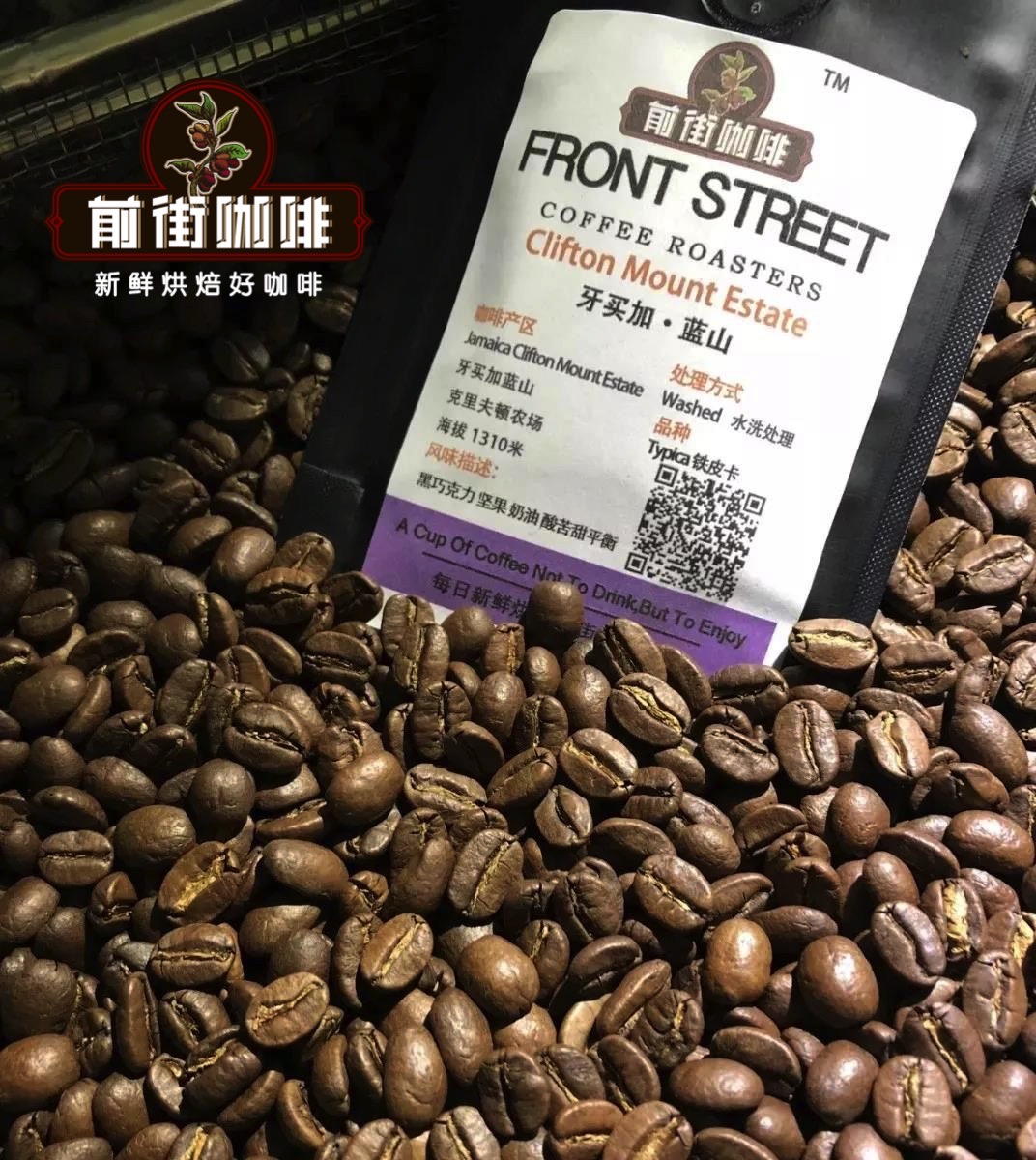
Kaddura, a natural variety of bourbon, was discovered in Brazil in 1937. Its tree is not as tall and shorter as bourbon. Due to inheriting the blood of bourbon, the disease resistance is relatively weak, but the yield is higher than that of bourbon. Although found in Brazil, Kaddura is not suitable for growing in Brazil, so it is not planted on a large scale in Brazil, but is popular in Central and South America, such as Colombia, Costa Rica, Nicaragua, Honduras and so on. At the site where Kaddura is planted, the higher the altitude, the higher the quality, but the corresponding yield is also less.
When baking in Qianjie, you can obviously feel that when adjusted to a shallow baking, the Kaddura acid aroma is obvious and the whole is bright, and if properly handled, the sweetness can be very good, but the mellowness of the coffee is relatively low compared with bourbon. The cleanliness of the taste is a little less. Kaddura usually has red berries, but there are very few areas with yellow Kaddura, such as Hawaii, where there are very few yellow Kaddura.
Kaduai is an artificial hybrid of Kaddura and Mondu Novo. Kaduai has a good ability to resist natural disasters, especially wind and rain. Kaduai tree species are relatively low, compared with other coffee trees, the fruit of Kaduai is stronger and harder to pick, and the fruit is both red and yellow.
Pacas is a bourbon variety found in El Salvador. In 1935, Salvadoran coffee farmer Pacas selected high-capacity varieties of San Ramon bourbon (San Ramon bourbon) to be planted on farms. In 1956, a friend found that the number of bourbon in his farm was higher than that of the same kind of coffee tree, so he asked a professor at the University of Florida to identify the bourbon gene mutation and named the new variety after the farm's evaluation, "Pacas." Pacas is very popular in Central America because of its high yield and good quality.
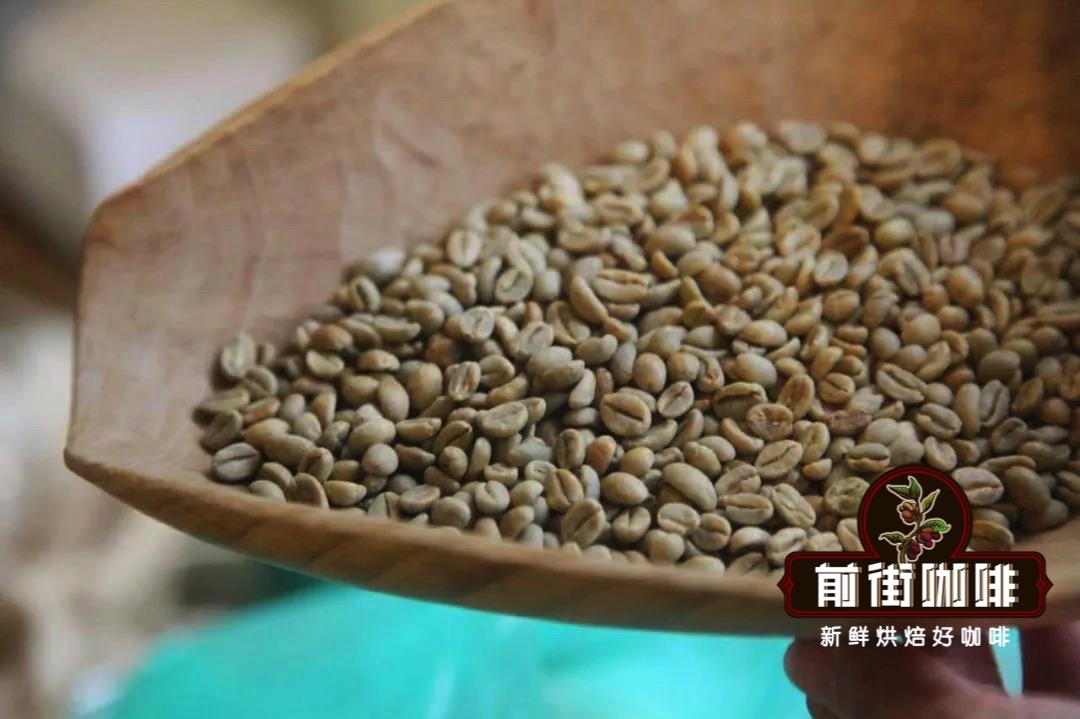
Coffee producing areas of Honduras
Since 2007, Honduras has strengthened its origin labelling system, dividing coffee producing areas into six major producing areas:
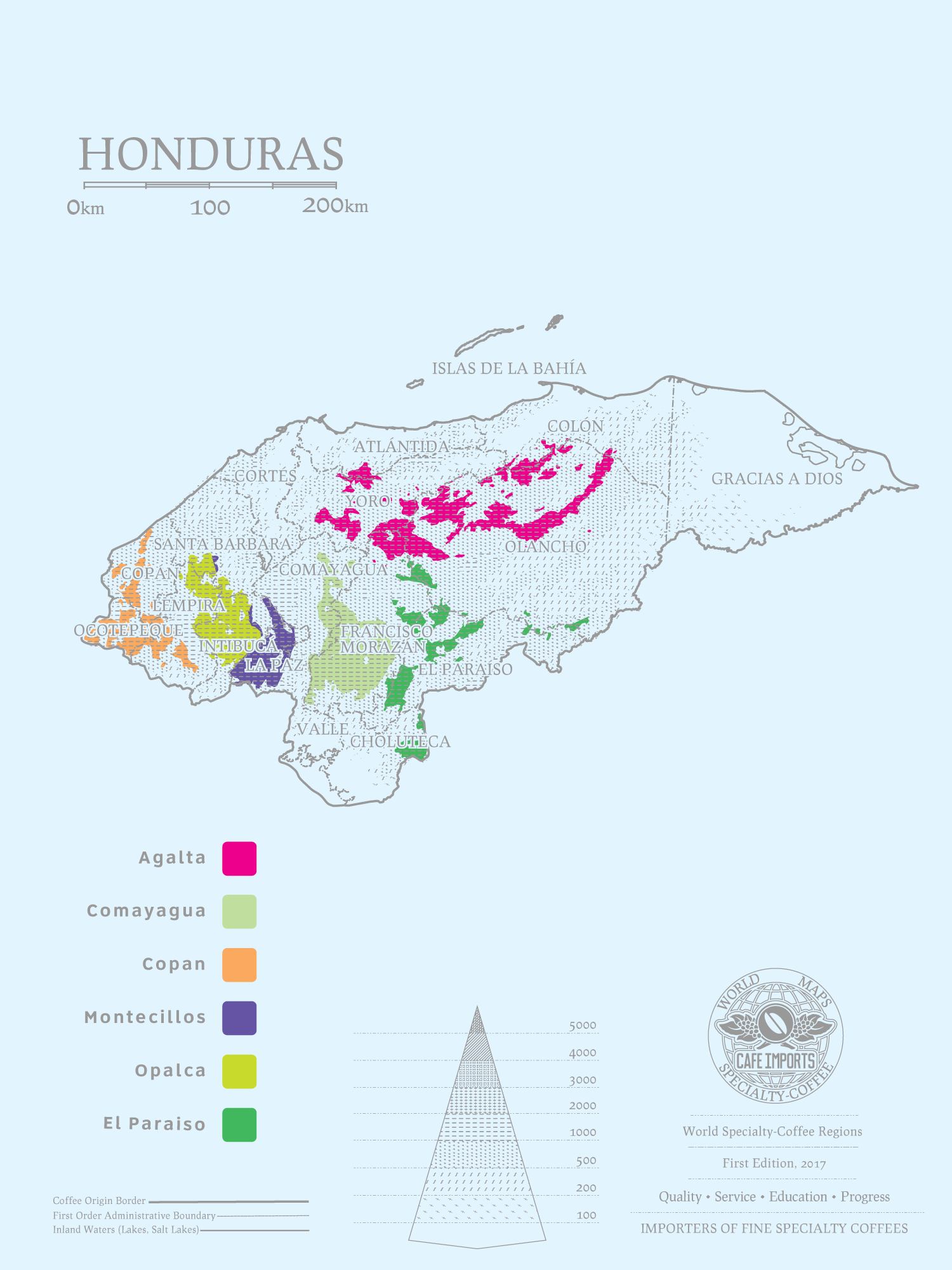
1. Section area (Copan)
Location: located in western Honduras, bordering Guatemala, including Copan, Okotopec, Cortez, Santa Barbara and Lompila.
Altitude: 1000-1500 m
Temperature: 11.5-22.5℃
Precipitation: 1300-2300 mm
Harvest: November-March
Twin Flower Manor in Honduras
Production area: Copan
Manor: twin Flower Manor (Las Gemelas)
Altitude: 1250
Variety: red Kaduai
Treatment method: insolation
Flavor: Brown sugar, berries, raisins, fermented wine
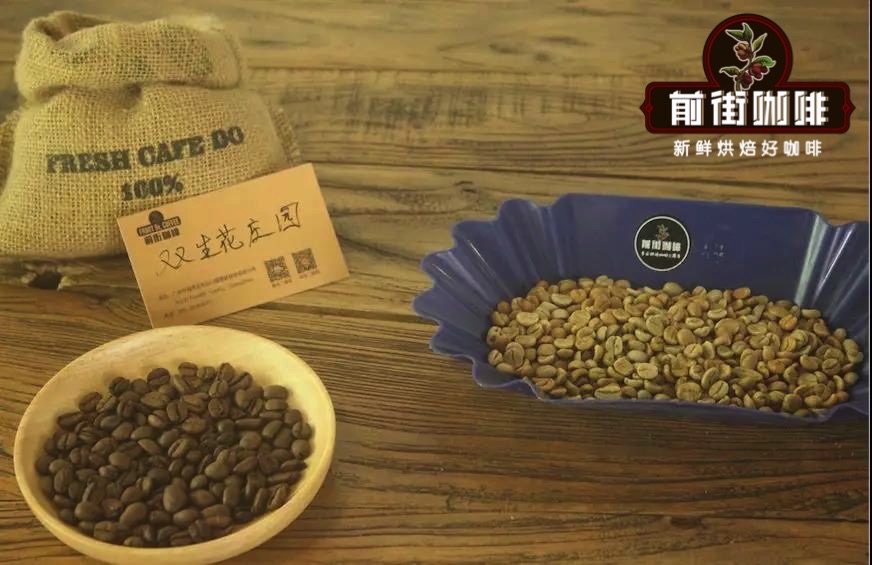
2. Obalaka District (Opalaca)
Location: located between Santa Barbara, Intibuka and Lompira areas.
Altitude: 1100-1500 m
Temperature: 11.5-22.5℃
Precipitation: 1400-1950 mm
Harvest time: November-February
Varieties: bourbon, Tibica, Kaduai, Barr
Flavor: with very fine acidity, the overall performance is balanced, with obvious tropical fruit flavors such as grapes and blackberries.
3. Montesius (Montecillos)
Location: la Paz, Comayagua, Santa Barbara and Intibuka on the border of El Salvador in southwestern Honduras.
Altitude: 1200-1600 m
Temperature: 12-21.2℃
Precipitation: 1300-2300 mm
Harvest time: November-April
Variety: Bourbon,Catuai,Typica
Bouquet: bright and lively acidity, with orange and peach flavors and a long, velvety finish.
Gongma Agua (Comayagua)
Location: located in Comayagua, Francisco Morasan, in the heart of Honduras.
Altitude: 1000-1500 m
Temperature: 14.0-22.0 ℃
Precipitation: 1350-1700 mm
Varieties: bourbon, Kaddura, Tibica, Pacas
Harvest season: December-March
Flavor: lemon-based, obviously sweet fruit aroma, taste as mellow as cream, but also with citrus sweetness, and exudes sweetness and chocolate flavor.
5. Akata (Agalta Tropical)
Location: located in Orlanjo, Yolo, southeast of Honduras.
Altitude: 1000-1400 m
Temperature: 14.5-22.5℃
Precipitation: 1300-1950 mm
Harvest season: December-March
Variety: Bourbon,Catuai,Typica
Flavor: honey aroma and aroma, it has a strong citrus flavor and subtle and obvious acidity.
6. El Paraiso
Location: El Paraiso in southern Honduras, bordering Nicaragua.
Altitude: 1100-1500 m
Temperature: 16-22.5℃
Precipitation: 1000-1400mm
Harvest season: December-March
Washed Palayima species in laurel manor, Honduras
Coffee producing area: El Paraiso
Planting altitude: 1400 m
Coffee variety: Palayinema Parainema
Treatment method: washing treatment
Coffee grade: SHG
Flavor: citrus, berry, grapefruit peel, cold with nuts, black cocoa aftertaste, obvious acidity of berries, tea feeling
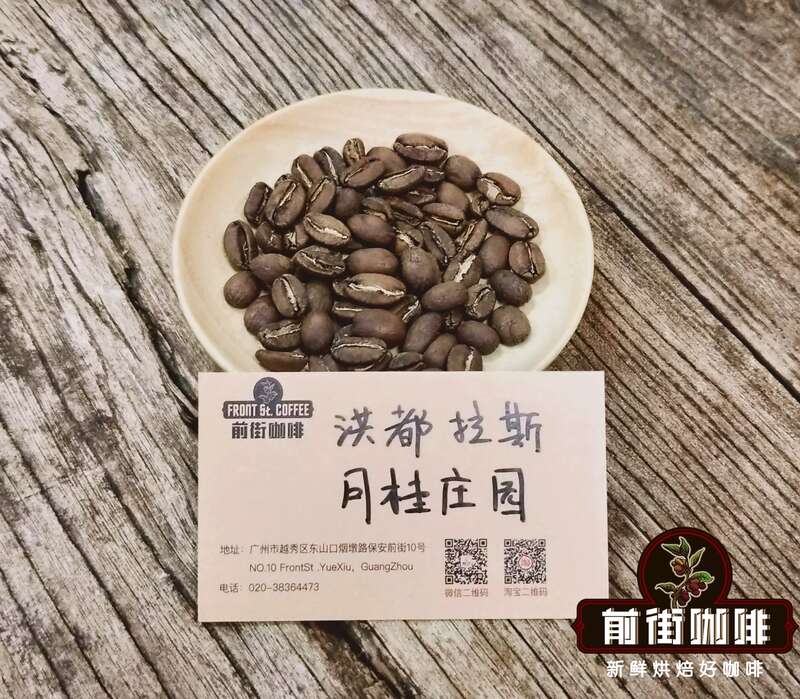
In addition to the above six major coffee producing areas, there are also some small producing areas, and then Qianjie will introduce the Sweet Orange Manor from La Paz La Paz in southwestern Honduras and the Moca Manor in Massaguara, which produce good coffee, and several beans have been introduced on the front street.
Sweet Orange Manor in Honduras
Producing area: Makala
Altitude: 1425 m
Variety: Kaduai
Treatment: washing
Flavor: citrus, cantaloupe, flower, sucrose, orange peel, nuts, tea
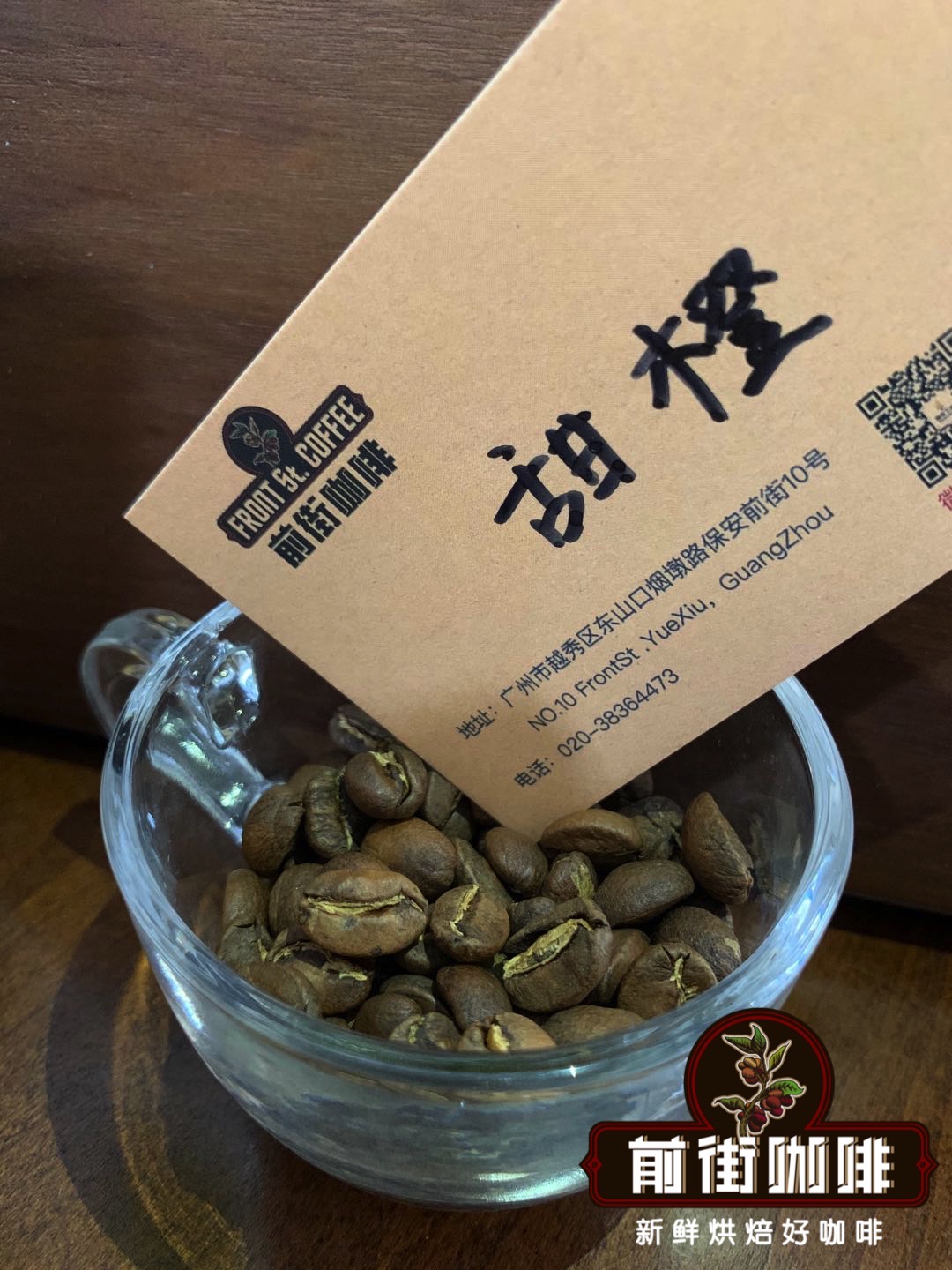
Marcala
Marcala, La Paz, produces coffee on par with Santa Barbara, another Honduran region. Makala is known for its coffee production and was the first city to be awarded the title of "Protected Coffee Source". The average annual temperature is 27℃, the air is humid, the altitude of coffee planting area is 1200-1600 meters, the soil is rich in minerals, which is very suitable for the growth of coffee.
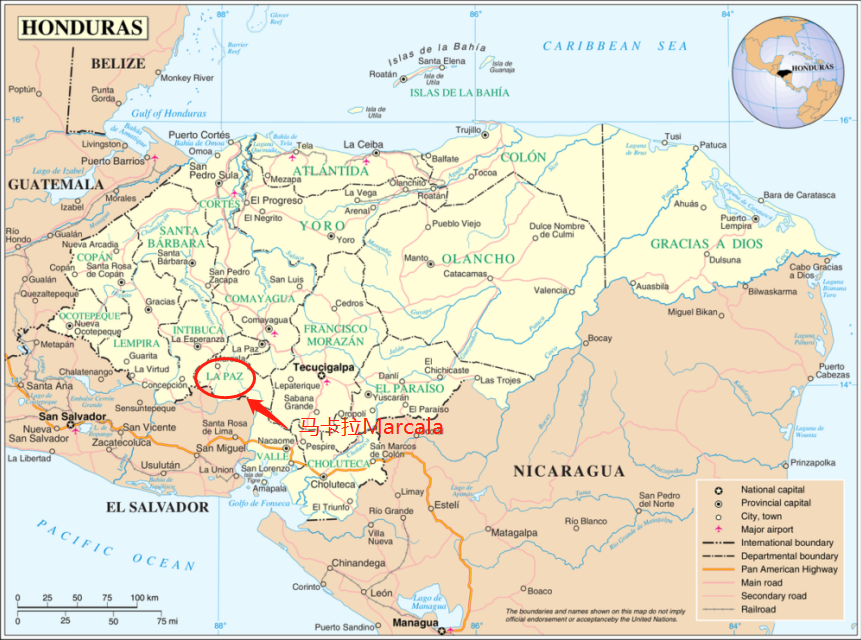
Sweet Orange Manor El Naranjo
Sweet Orange Manor (El Naranjo) is located in Marcala. The manor is named after the shade tree, which is a tall wild orange tree.
At present, the varieties planted on the estate are Kaduai Catuai, Kaddura Caturra, bourbon Bourbon and Rosa Geisha. The bean of this attempt is Kaduai Catuai.
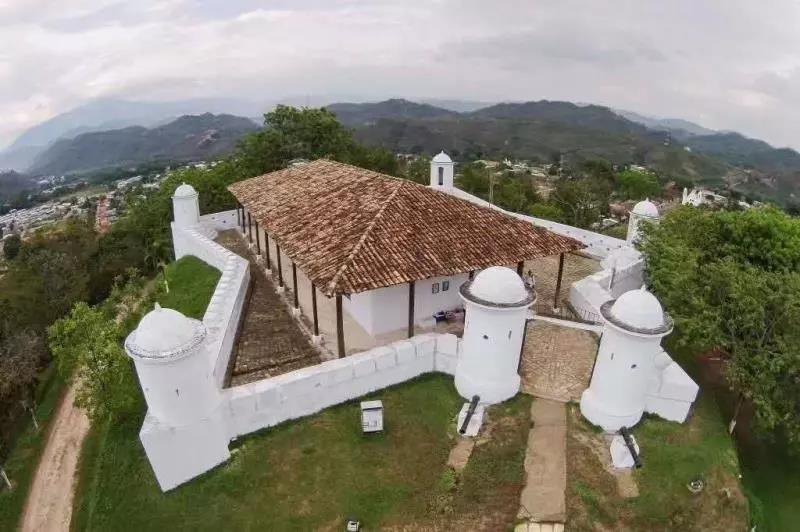
Baking suggestion
The roaster machine comes from Taiwan's Yang Family Pegasus 800N, with an input of 300 grams. The front street uses a light and medium baking method, which can not only retain its bright acidity, but also enhance the classic rich chocolate nut tone of Honduran coffee.
Input bean temperature: 200℃
Turning yellow point: 5 years old 39% 15 ", 154 ℃
Flashpoint: 9 percent 39 percent 11 ", 186.5 ℃
The development after one explosion is 2: 00 ", 192.4 ℃ comes out.
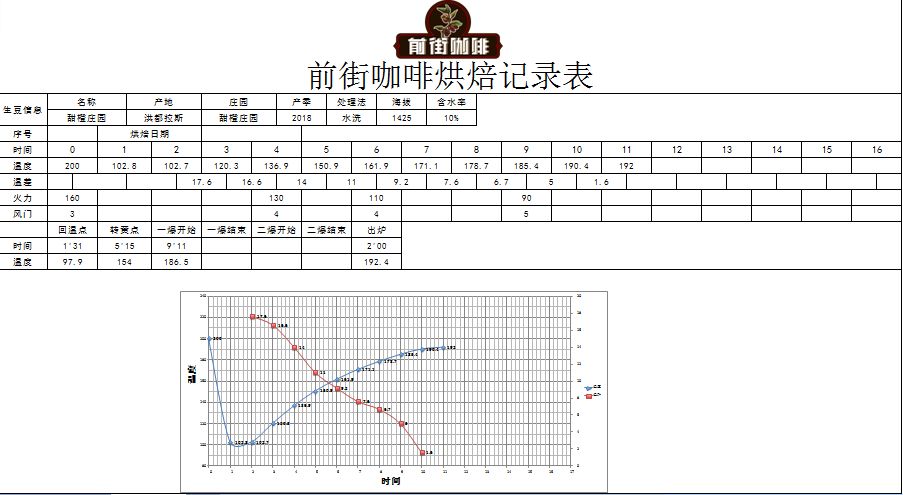
How to cook in front of the street
The cooking parameters used in Qianjie are:
Filter cup: Hario V60
Water temperature: 90 ℃
Amount of powder: 15g
Powder / water ratio: 1:15
Degree of grinding: 80% pass rate of standard No. 20 screen
Qianjie uses staged extraction, steaming with 30 grams of water for 30 seconds, small flow injecting water around the circle to 125 grams for segments, water level dropping to 225 grams when the powder bed is about to be exposed, filter cup removed when the water level is about to expose the powder bed, (steaming starting time) extraction time is 2 minutes 39 percent 00 ".
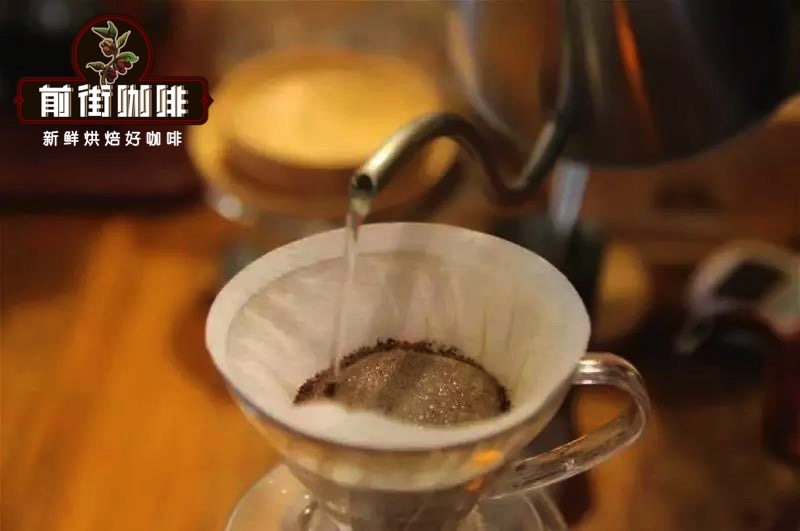
Coffee brewing flavor of Honduras Sweet Orange Manor in Qianjie
Obvious acidity, berries, citrus, cantaloupe, flower, sucrose, orange peel, nuts, tea.
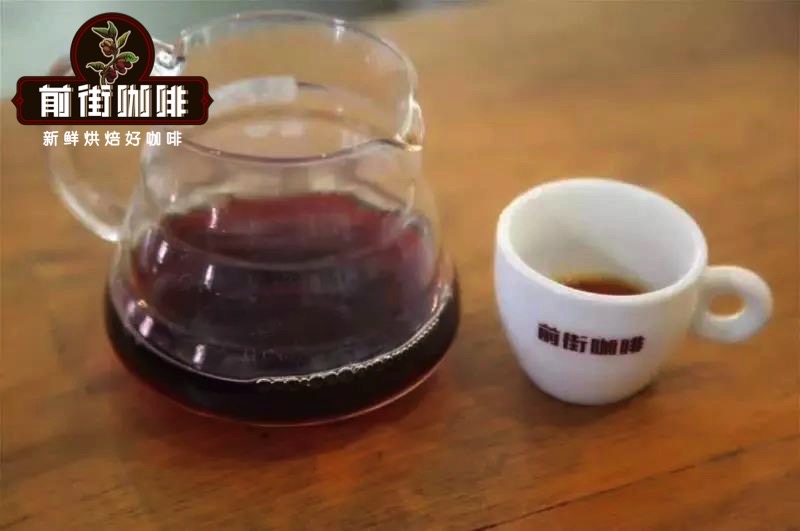
Shirley Moca Manor, Honduras
Producing area: Masaguara
Manor: Moca Manor
Altitude: 1500-1700 m
Variety: Kaddura, Kaduai, Pacas
Treatment: fine washed whisky Shirley barrel fermentation
Flavor: wine, vanilla cream, black cocoa, nuts, wine chocolate
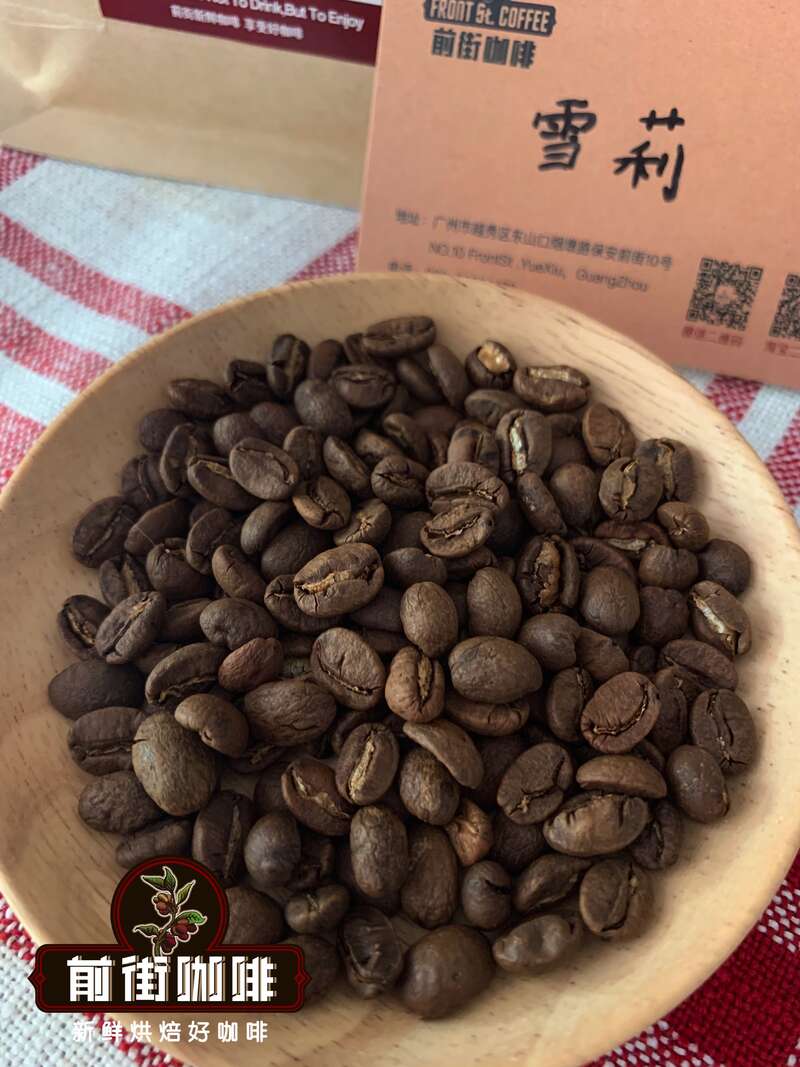
Masaguara (Masaguara)
Masaguara is a municipality in the province of Intibuc á in Honduras, located in the south of the Jes ú sdeOtoro valley, surrounded by mountains and hills, focused on coffee growers and the main engine of the local economy, and the area corresponding to the valley is dedicated to growing basic grains and livestock. The origin of his name: according to Mr Alberto Membre ñ o's "indigenous place name", Masaguara means "place with deer".
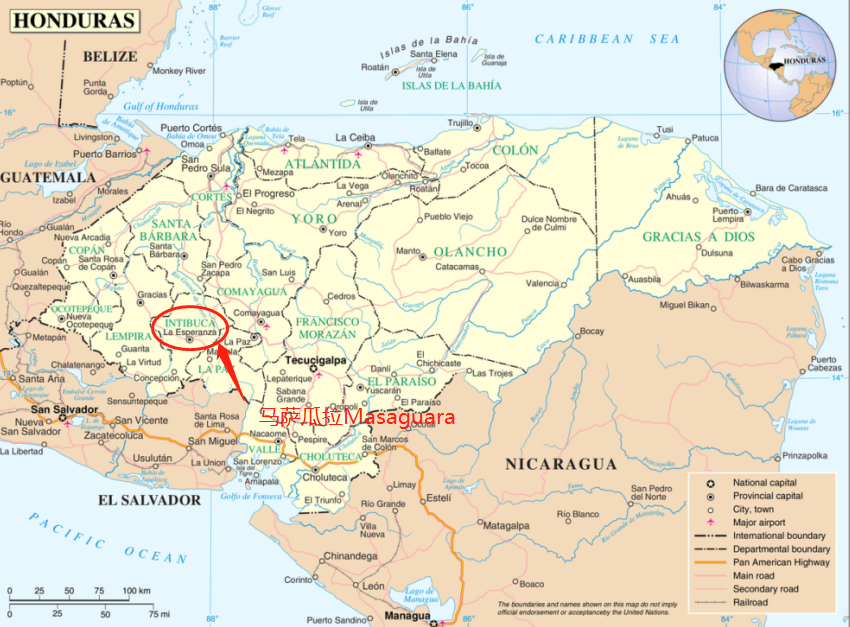
Honduran wine barrel fermentation method
The barrel fermentation method draws lessons from the wine technology, and its greatest influence on the wine is that the wine stabilizes the wine structure through moderate oxidation, and integrates the aroma of the barrel into the wine, which also plays a similar role in the process of coffee fermentation.
The barrel can let a very small amount of air through the barrel wall and infiltrate into the barrel to produce moderate oxidation of coffee beans. The entry of appropriate amount of oxygen also accelerates the fermentation of coffee and softens the tannin. At the same time, it also makes the fresh fruit aroma gradually brew into a rich and changeable ripe wine flavor. The moderate hardness of the barrel ensures good water resistance and storage safety. In addition, the barrel contains a certain amount of tannin. When the raw coffee beans are stored, the tannic acid in the bucket will also seep into the raw beans inside, making the coffee layered and full-bodied.
Fine washing whisky Shirley barrel fermentation treatment is that the freshly picked coffee fruits are carefully washed, then put into mature whisky oak barrels to ferment at a low temperature for 30-40 days (about 15-20 ℃), and then dry in the shade.
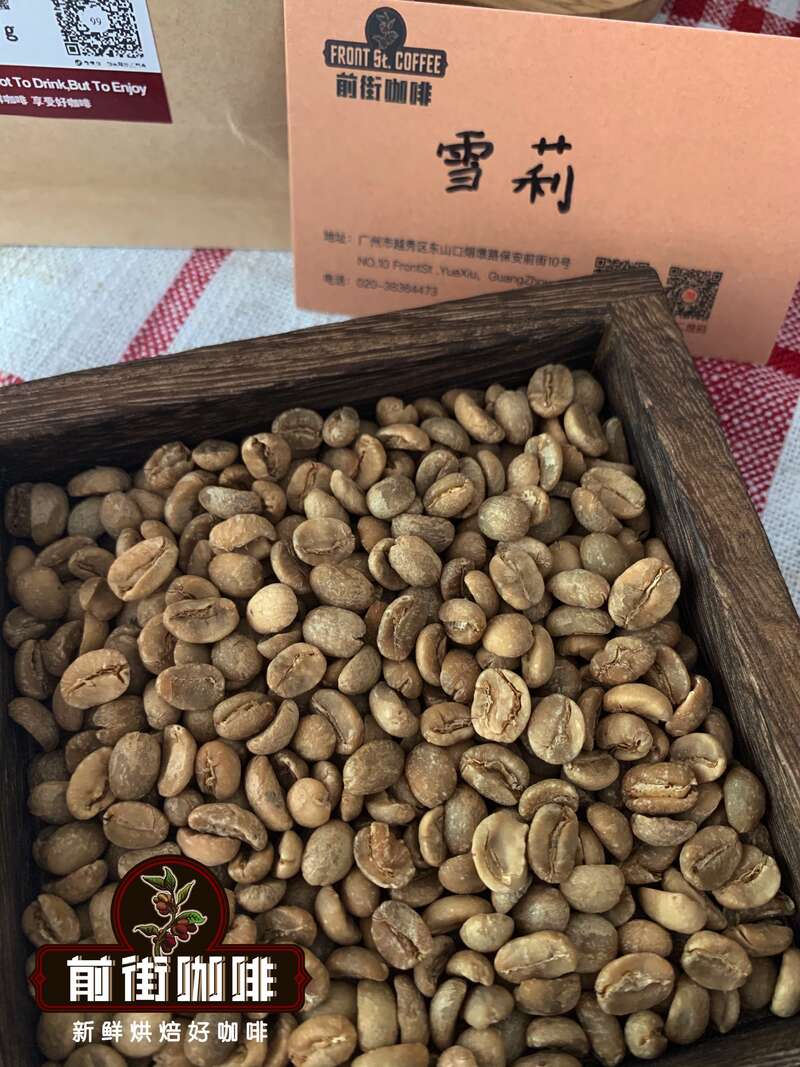
Baking suggestion
Input bean temperature: 190 ℃
Yellowing point: 5 years old 39% 45 ", 151.8 ℃
Flashpoint: 9 hours 39 percent 07 ", 184.2 ℃
After the first explosion, the development was 2: 10, and 195 ℃ was released.
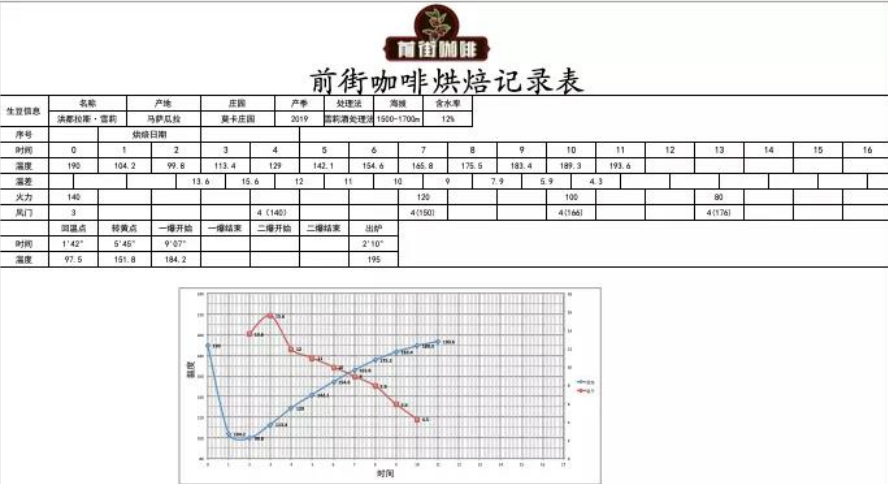
How to cook in front of the street
The cooking parameters used in Qianjie are:
Filter cup: Hario V60
Water temperature: 90 ℃
Amount of powder: 15g
Powder / water ratio: 1:15
Degree of grinding: 80% pass rate of standard No. 20 screen
Qianjie uses staged extraction, steaming with 30 grams of water for 30 seconds, small flow injecting water around the circle to 125 grams for segments, water level dropping to 225 grams when the powder bed is about to be exposed, filter cup removed when the water level is about to expose the powder bed, (steaming starting time) extraction time is 2 minutes 39 percent 00 ".
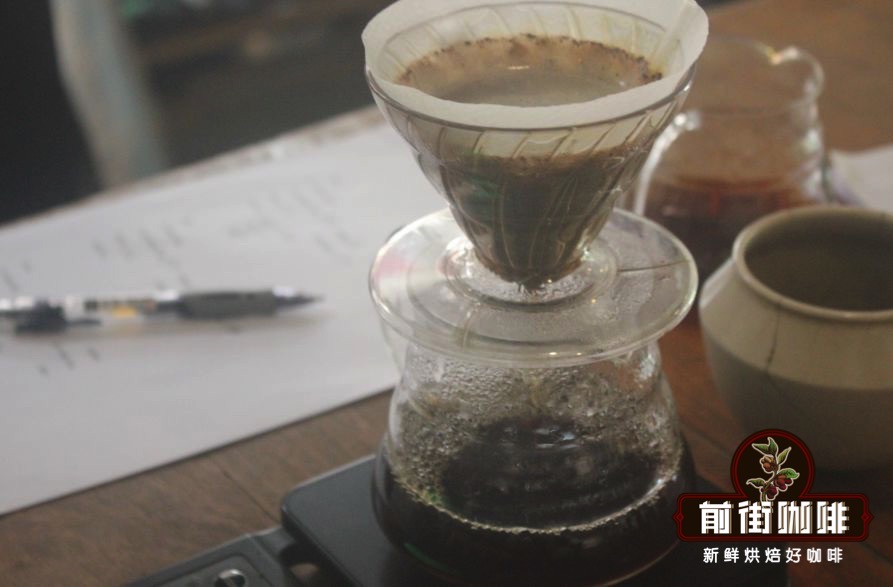
Honduran Coffee Bean Barrel Processing Flavor
Vanilla, creamy aromas on the nose, whisky, berry, almond, dark chocolate on the palate, maple syrup on the finish.
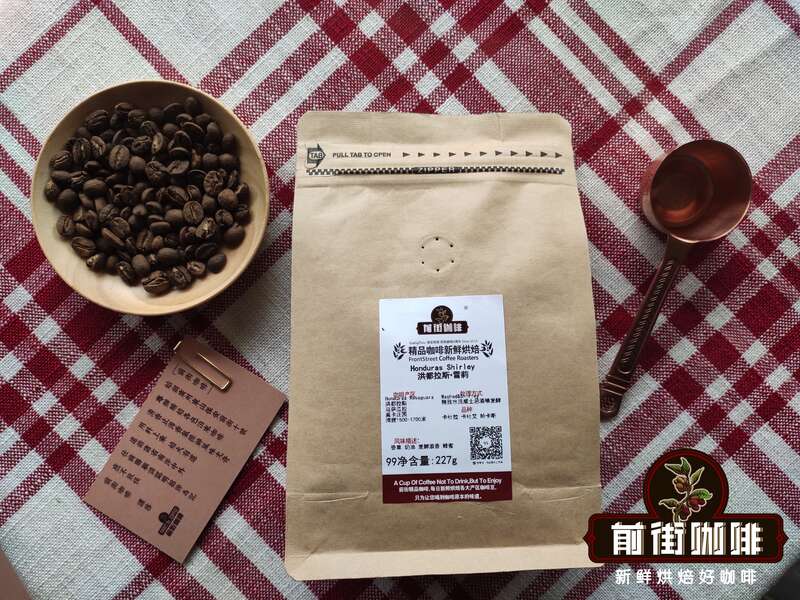
Litchi orchid, Manor Moca, Honduras
Producing area: Masaguara
Manor: Moca Manor
Altitude: 1500-1700 m
Variety: Kaddura, Kaduai
Treatment: fine washing + brandy barrel fermentation
Flavor: fermented, wine, light cream, nuts, chocolate
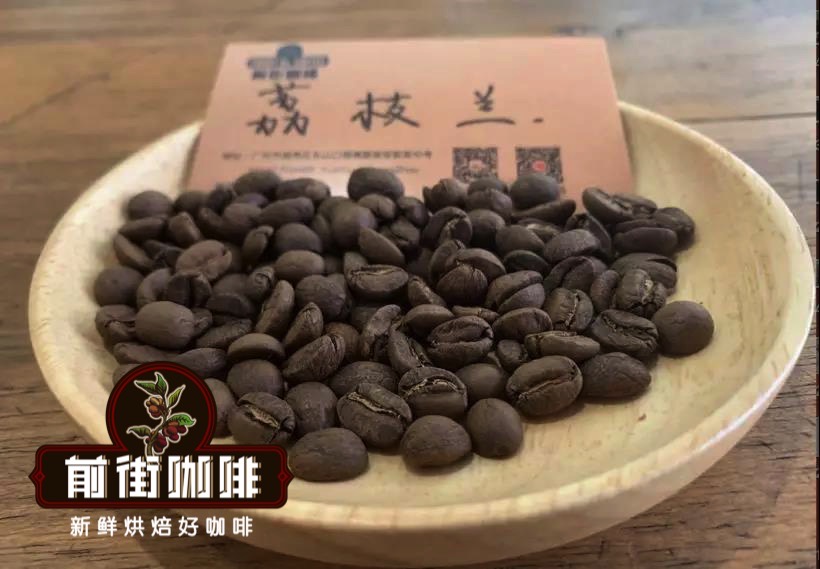
Fine washing + brandy barrel fermentation
In this delicate brandy barrel fermented litchi orchid, the freshly picked coffee fruits are first delicately washed, then fermented at low temperature in brandy oak barrels for 30-40 days (the temperature is about 15-20 ℃) to make the coffee beans absorb the flavor of the barrel, and finally dry in the shade.
After brandy barrel fermentation, the beans have soft lychee and honey aromas, combined with alcoholic brandy and oak aromas.
Baking suggestion
The Honduran coffee bean on the front street smells creamy. In order to show the personality of the bean, the front street baker baked two curves to compare.
[curve 1] enter bean temperature: 220 ℃, turn yellow point: 6 times 39 percent 30 ", 151.6 ℃, one burst point: 9 percent 39 percent 53", 183 ℃, develop 1 percent 39 percent 40 percent after one explosion, 196 ℃ out.
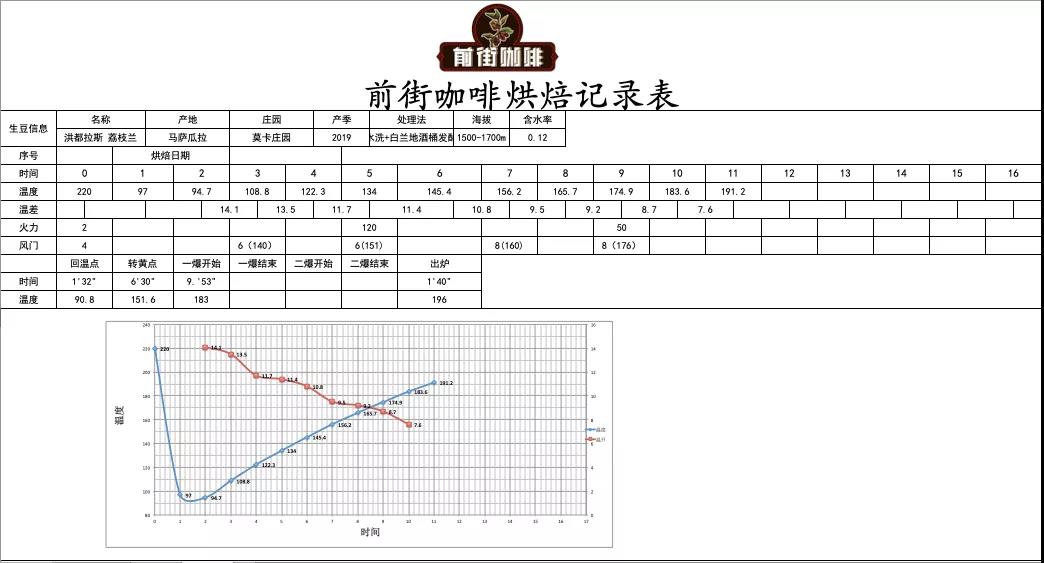
[curve 2] enter bean temperature: 220 ℃, turn yellow point: 5: 50 ", 152.6 ℃, one burst point: 9: 39: 15", 183 ℃, develop 2: 39: 10 "after one explosion, 195 ℃.
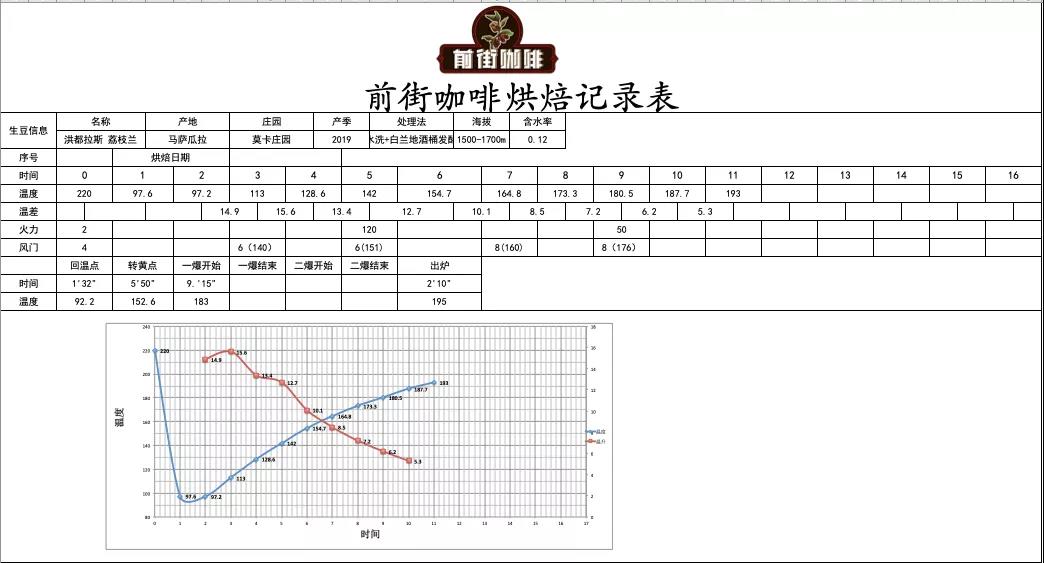
cupping flavor
[Curve 1] Flavor: floral, berry, dark chocolate, honey, lychee, berry acid on the taste is obvious, with the change of temperature under the sip has a light aroma.
[Curve 2] Flavor: cream, dark chocolate, honey, lychee, brandy, mellow taste, sweet feeling is obvious, with the change of temperature under the sip of wine obviously.
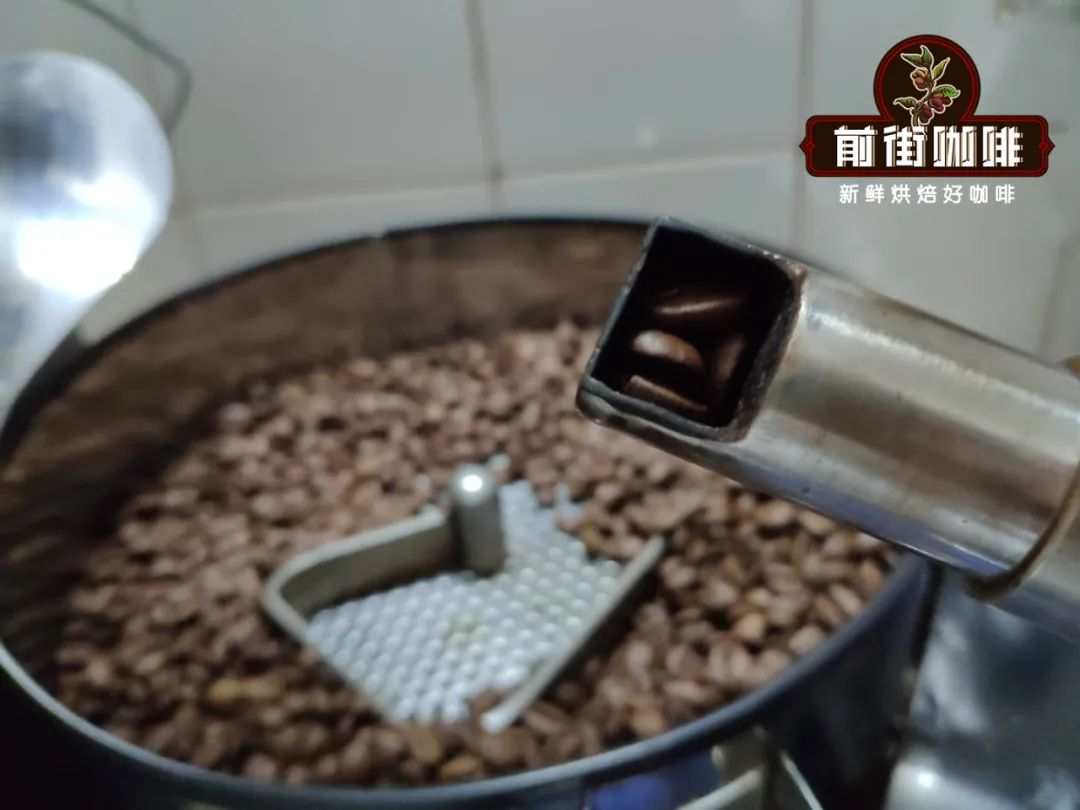
Litchi orchid-Honduran coffee bean wine barrel treatment flavor
The cooking parameters used in the front street are: Hario V60 filter cup, 90 ℃ water temperature, powder-water ratio at 1:15, grinding degree (BG-6S: Chinese standard No. 20 sieve pass rate 80%)
Flushing and cooking technique: segmented extraction. Steam with 30 grams of water for 30 seconds, small water flow around the circle to 125 grams for sectional injection, water level drop is about to expose the powder bed, continue to inject water to 225 grams to stop injection, and so on when the water level drop is about to expose the powder bed, remove the filter cup, (steaming starts timing) the extraction time is 2 minutes 39 percent 00 ".
Qianjie cooking these two curves will try to control the parameters and techniques to be consistent.
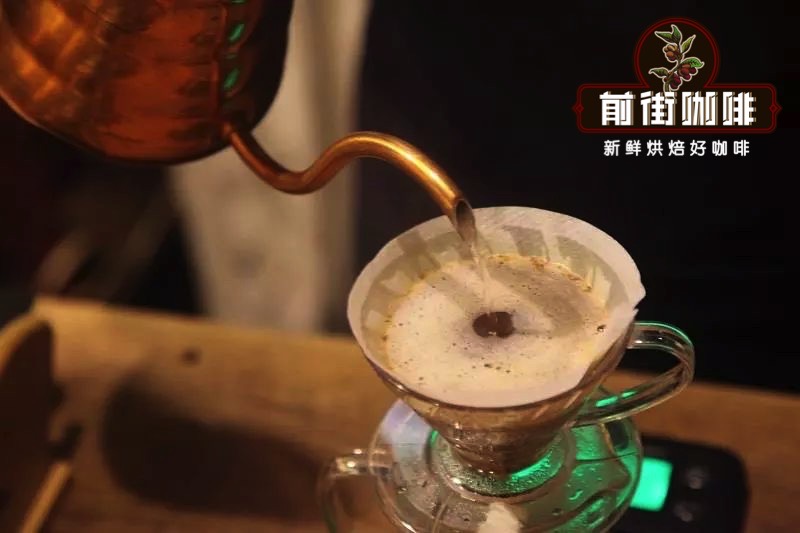
[curve 1] there are berries, flowers, honey in the mouth, and the aroma of brandy and cream slowly with the change of temperature. the taste can obviously feel the acidity of berries when it is hot, but it has a sense of astringency.
[curve 2] there are litchi, brandy, dark chocolate and cream in the entrance. With the change of temperature, the taste of wine and dark chocolate is obvious, the taste is mellow, and the finish is sweet.
Compared with the two curves of Honduran coffee beans and litchi orchid in front street, although [curve one] has sweet feeling and berry aroma, the entrance has the acidity of berries, but the cleanliness is slightly poor and astringent, and the afterrhyme is not enough, although it has flavor, but it tastes sour obviously. The wine aroma of this bean is not fully highlighted, which proves that this bean is not suitable for light and fast baking.
On the other hand, the performance of [Curve 2] in wine taste and sweetness is better than [Curve one], with distinct flavor, thick and smooth taste, obvious wine and dark chocolate flavor from the entrance to the finish, with some honey sweetness.
Because the flavor shown in [Curve 1] is sour and astringent, the flavor of beans is not fully displayed, so Qianjie bakers extend the development time of beans in [Curve 2] to develop more flavors, making the performance of this bean more balanced as a whole.
Before each bean is put on the shelf in Qianjie, there will be several rounds of baking adjustment and comparison, and then through the cup test to identify the flavor, so as to ensure that the bean selected in Qianjie has obvious classic flavor in the producing area, while at the same time it is prominent. this is why Qianjie currently offers so many beans but none of them have the same flavor.

For more boutique coffee beans, please add private Qianjie coffee on Wechat. WeChat account: kaixinguoguo0925
Important Notice :
前街咖啡 FrontStreet Coffee has moved to new addredd:
FrontStreet Coffee Address: 315,Donghua East Road,GuangZhou
Tel:020 38364473
- Prev
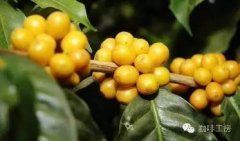
Brief introduction of Brazilian Yellow bourbon Coffee Bean Flavor Variety and Manor Grinding method
Bourbon coffee (French: Caf Bourbon) is a kind of coffee produced by growing coffee trees in bourbon cultivation of Arabica coffee. Bourbon coffee was originally grown in Reunion, which was also known as le Bourbon Island before 1789. Later occupied by France to connect with the African continent and Latin America, it is now the two most popular Arabica coffee producers in the world.
- Next

Introduction of Starbucks Coffee Bean varieties Sumatra Coffee Bean producing area and Flavor and Taste
Sumatran coffee beans: this coffee originates from the island of Indonesia and has a distinctive spice flavor. It is full-bodied and smooth on the palate, with aromas of forage and clay. The aftertaste is long and sour can hardly be felt. Sumatran coffee beans: this coffee originates from the island of Indonesia and has a distinctive spice flavor. It is mellow and smooth in taste.
Related
- Detailed explanation of Jadeite planting Land in Panamanian Jadeite Manor introduction to the grading system of Jadeite competitive bidding, Red bid, Green bid and Rose Summer
- Story of Coffee planting in Brenka region of Costa Rica Stonehenge Manor anaerobic heavy honey treatment of flavor mouth
- What's on the barrel of Blue Mountain Coffee beans?
- Can American coffee also pull flowers? How to use hot American style to pull out a good-looking pattern?
- Can you make a cold extract with coffee beans? What is the right proportion for cold-extracted coffee formula?
- Indonesian PWN Gold Mandrine Coffee Origin Features Flavor How to Chong? Mandolin coffee is American.
- A brief introduction to the flavor characteristics of Brazilian yellow bourbon coffee beans
- What is the effect of different water quality on the flavor of cold-extracted coffee? What kind of water is best for brewing coffee?
- Why do you think of Rose Summer whenever you mention Panamanian coffee?
- Introduction to the characteristics of authentic blue mountain coffee bean producing areas? What is the CIB Coffee Authority in Jamaica?

